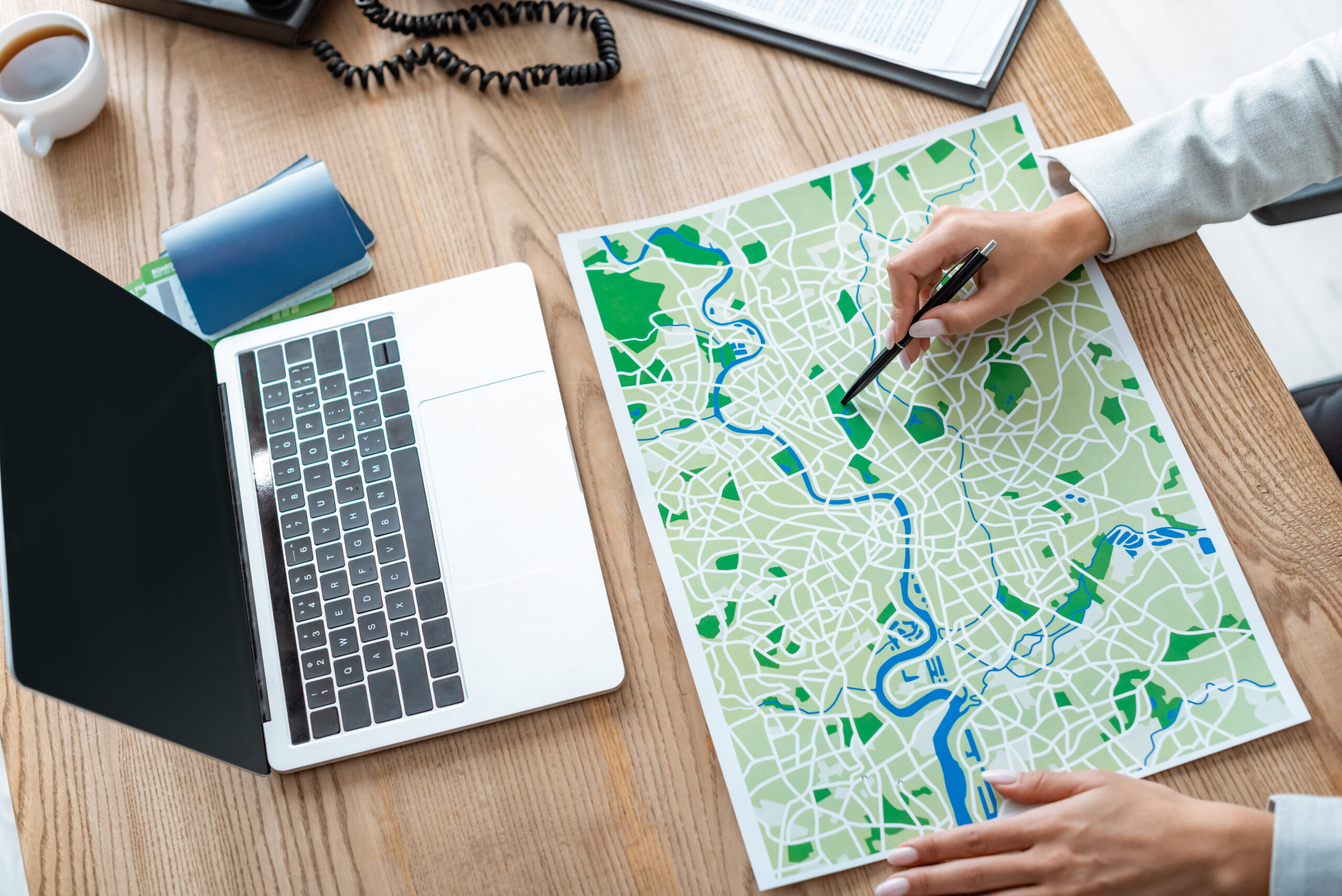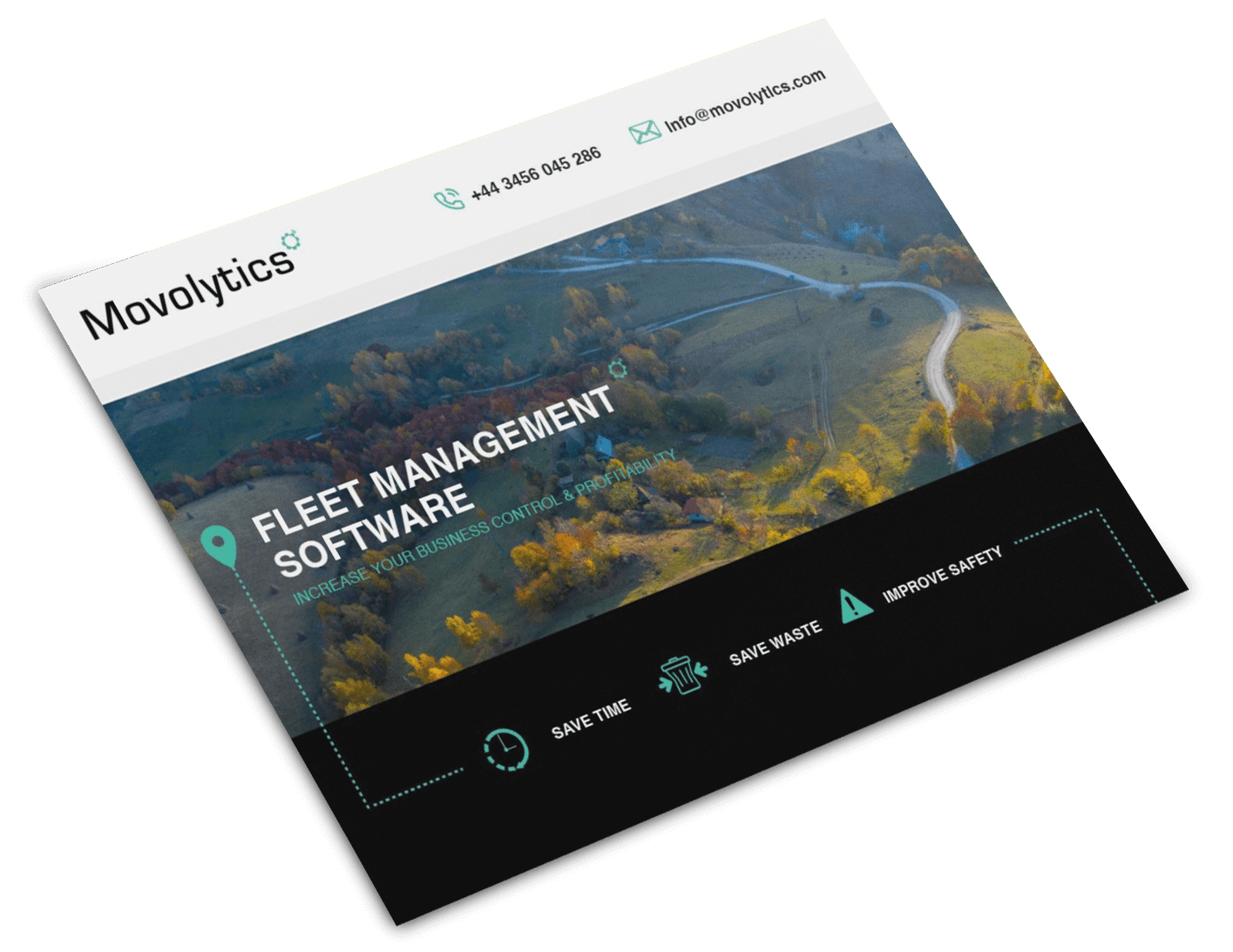
In today’s rapidly evolving world of fleet management, technology plays a critical role in improving efficiency, safety and control. Among the many innovations that have taken the industry by storm, geofencing technology stands out as a ground-breaking innovation. This comprehensive guide aims to demystify geofencing technology for fleet managers by exploring what it is, how it works and its myriad applications in modern fleet operations.
Understanding geofencing technology
Geofencing technology is about creating virtual boundaries or geographical “fences” around specific locations defined by GPS coordinates. These boundaries can be as large as an entire city or as small as a single building. When a vehicle equipped with geofencing capabilities enters or leaves these predefined zones, the technology kicks into action and generates a series of events and notifications.
How geofencing works
At the heart of geofencing technology is GPS (Global Positioning System). GPS satellites orbiting the Earth communicate with devices installed in vehicles and provide accurate real-time location data. Fleet management software, which is often integrated with GPS technology, analyses this data to create geofences.
These geofences are fully customisable. Fleet managers can define the shape, size and location of virtual boundaries to suit their operational requirements. Geofences can be set up for specific geographical areas, such as depots, customer delivery locations or high-risk zones.
Once the geofences are set up, the technology continuously tracks vehicle locations of vehicles and can recognise when a vehicle enters or leaves a geofenced area. This event triggers a series of actions and alerts, providing fleet managers with precise control and real-time information.
Applications of geofencing technology in fleet management
Geofencing technology has a variety of applications for fleet management, all designed to streamline operations, improve safety and gain valuable insights. Here are some of the most important applications:
- Increased security: geofencing technology can help protect valuable assets. Geofence technology issues alerts when company vehicles or assets are moved outside a virtual fence without authorization.
- Efficient routing: Geofencing allows you to define specific routes or areas where vehicles should be. By monitoring compliance with these routes, fleet managers can optimise route planning, minimise deviations and reduce fuel consumption.
- Driver behaviour monitoring: Geofencing is a powerful tool for monitoring driver behaviour. It can detect speeding, harsh braking or other unsafe practices in specific areas, allowing fleet managers to address these issues with targeted coaching and training.
- Improved customer service: Geofencing can be used to improve customer service. When a delivery vehicle approaches a customer’s location, an automated notification can be sent so that customers can prepare for the arrival of their delivery.
- Scheduling maintenance work: Geofencing technology can help optimise vehicle maintenance. By tracking mileage and operating hours within defined geofences, it becomes easier to schedule routine maintenance and avoid unexpected breakdowns.
- Regulatory compliance: In industries with strict regulations, such as Hours of Service (HOS) regulations in the transport sector, geofencing can help ensure compliance. Notifications can be triggered when a vehicle enters or leaves certain zones, helping drivers and managers to comply with legislation.
The benefits of geofencing technology
The use of geofencing technology offers fleet managers a variety of benefits. This innovative tool increases safety by monitoring driver behaviour and ensuring compliance with established safety routes. In addition, it leads to significant cost savings by optimising routes and reducing fuel consumption, which ultimately improves the overall efficiency of the fleet. Geofencing also serves as a safeguard against unauthorised vehicle use and theft, protecting the fleet’s valuable assets. In addition, customer service is improved through timely notifications and compliance is facilitated by helping drivers and managers to adhere to industry-specific regulations. These combined benefits make geofencing technology a valuable part of the modern fleet manager’s toolbox.
Tips for implementing geofencing technology
To get the most out of geofencing technology, fleet managers can follow these tips:
- Set clear goals: Determine the specific goals you want to achieve with geofencing technology, whether it’s improving safety, reducing fuel costs or improving customer service.
- Choose the right software: Choose a fleet management software or platform that integrates geofencing capabilities and aligns with your operational needs.
- Customise geofences: Tailor geofences to your requirements. Define them precisely and make sure they correspond to the specific areas and routes relevant to your fleet.
- Driver training: Implement geofencing technology in conjunction with driver training programmes. Educate your team on how geofencing works and why it is being used.
- Data analysis: Regularly analyse the data generated by the geofencing technology to identify areas for improvement and adjust your strategies accordingly.
The future of geofencing in fleet management
As technology continues to advance, geofencing will play an even more important role in fleet management in the future. The integration of geofencing with other emerging technologies, such as autonomous vehicles and electric fleets, holds immense potential to revolutionise the industry.
Geofencing technology has become an indispensable tool for modern fleet managers, offering a wide range of benefits that include safety, efficiency, security and compliance. As the technology evolves, its role in fleet management is likely to become even more important, driving the industry towards greater innovation and excellence.
The introduction of geofencing technology is a commitment to the future of fleet management, and for fleet managers who want to stay at the forefront of the industry, adopting this technology is a crucial step forward.
Download our brochure
Take a look at our brochure to find out more
